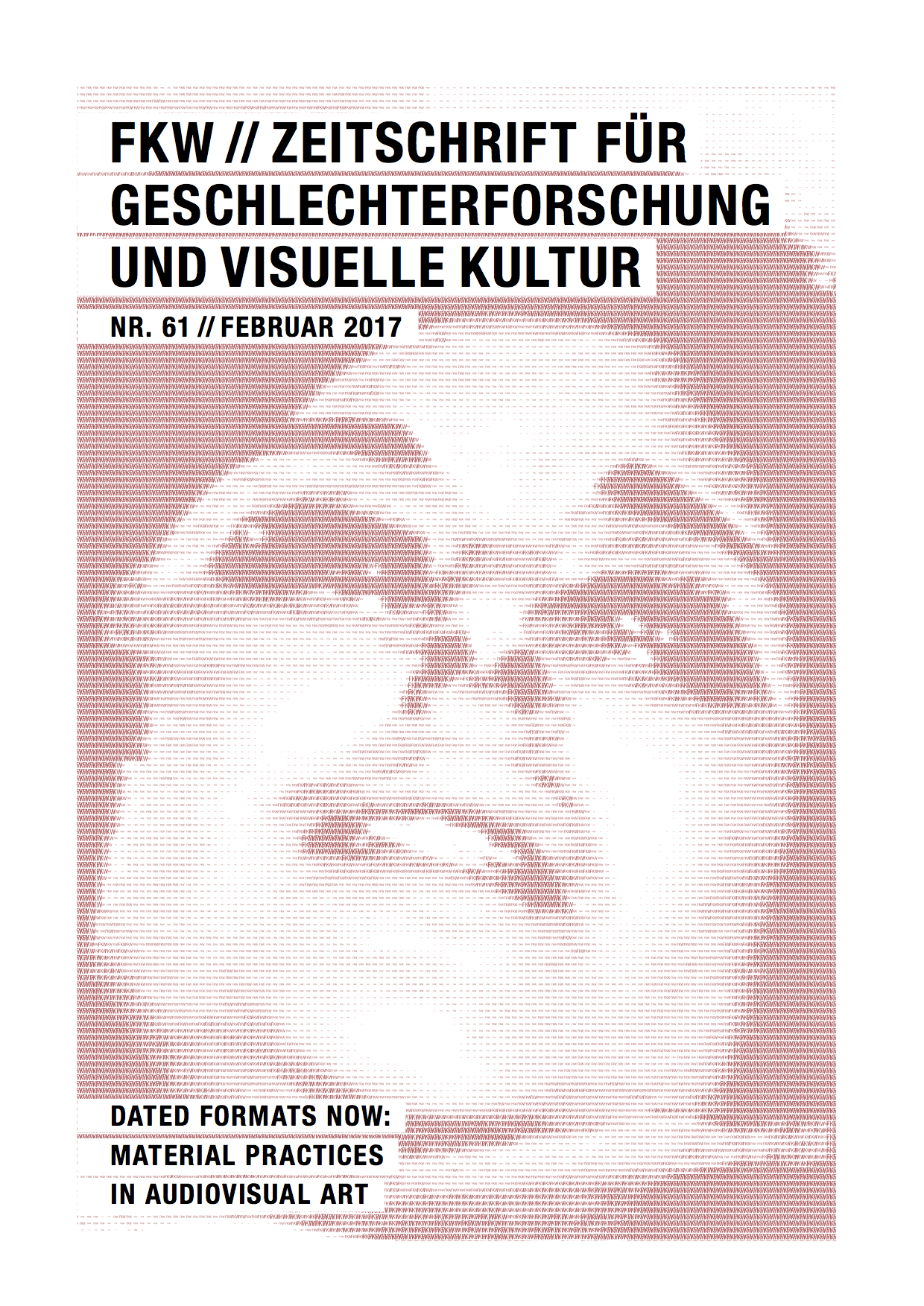Noise, Agency, and the Sound of Obsolete Technology
DOI:
https://doi.org/10.57871/fkw6120171392Abstract
In a recently published collection on materiality in art Petra Lange-Berndt asks, “what does it mean to give agency to the material, to follow the material and to act with the material” (2015:13). My article attempts to consider this question, focusing on the work of a number of musicians and composers who have chosen to engage creatively with the sounds produced by obsolete – or near obsolete – technologies of sound recording and reproduction.
Every sound technology has the capacity to generate as well reproduce sound: in the case of the wax cylinder or shellac disc, surface noise is generated by physical contact between the recording medium and the needle/stylus, and with magnetic tape noise is created by the oxides used to make the tape. We might think of these sounds as the sound of technology itself – a sounding of each medium’s material and technological bases. Historically these sounds have usually been treated a problem, and successive waves of technological innovation have been directed at removing or repressing the sound of technology. Thus the move from shellac to vinyl, the development of Dolby noise reduction, and the broader the shift from analogue to digital technology, have all been partly motivated by a desire to silence the medium itself. But what happens if we choose to work with these sounds rather than repress them; and following Lange-Berndt’s prompt, what would this change in attitude mean?
My aim in this article is to consider what the political potential of the sound of technology might be, explored through a discussion of works by Walter Ruttmann and John Oswald.
The well-established discourses around the political potential of noise in the arts have tended to construct it as a form of attack: as Jacques Attali states, “Noise is a weapon” (1985: 24). But might there be other ways in which we could consider the political dimensions of noise, and if so, how might issues of materiality and agency within play though an alternative approach to the politics of noise?
In addressing these questions, my article examines the historical and temporal dynamics at work in the sound of technology. Here I argue that the temporal displacement we witness in the contemporary use of past technologies results in an intensification and re-energisation of the various forms of noise. For the artist working with archive material or obsolete sound recording and playback equipment, temporal displacement of this sort materialises the sound of technology – materializing or rematerialising the sounds with which they work - and in so doing releases forms of potentiality that can be understood in political terms.
Downloads
Veröffentlicht
Ausgabe
Rubrik
Lizenz
Copyright (c) 2017 FKW // Zeitschrift für Geschlechterforschung und visuelle Kultur

Dieses Werk steht unter der Lizenz Creative Commons Namensnennung - Nicht-kommerziell - Keine Bearbeitungen 4.0 International.
Die Autor_innen behalten das Copyright und treten keine exklusiven Nutzungsrechte an FKW ab.
Ab 2017 erscheinen alle Texte von FKW // Zeitschrift für Geschlechterforschung und visuelle Kultur unter der LizenzCC-BY-NC-ND Lizenz 4.0 International (Creative Commons, Namensnennung, Nicht Kommerziell, Keine Bearbeitung 4.0 International). Der Lizenzvertrag ist abrufbar unter: https://creativecommons.org/licenses/by-nc-nd/4.0/legalcode.de, eine allgemein verständliche Fassung unter: https://creativecommons.org/licenses/by-nc-nd/4.0/deed.de
Von 2013 bis 2016 sind alle Texte von FKW // Zeitschrift für Geschlechterforschung und visuelle Kultur unter der Digital Peer Publishing Lizenz (DPPL) erschienen. Der Lizenztext ist im Internet abrufbar unter der Adresse: http://nbn-resolving.de/urn:nbn:de:0009-dppl-v2-de3
Die Abbildungen in Ihrem Beitrag
Die Autor_innen verpflichten sich, die Abdruckgenehmigung für die in ihren Texten verwendeten Bilder bei der jeweiligen, die Bildrechte verwaltenden Institution einzuholen und die zuständige Herausgeberin über das Ergebnis zu informieren. Wir weisen darauf hin, dass die Verwendung von Bildern in wissenschaftlichen Texten gewöhnlich als Zitat angesehen und entsprechend kostenfrei gewährt wird.





